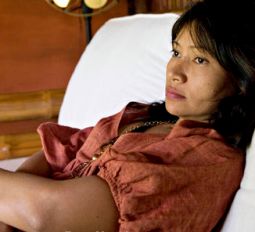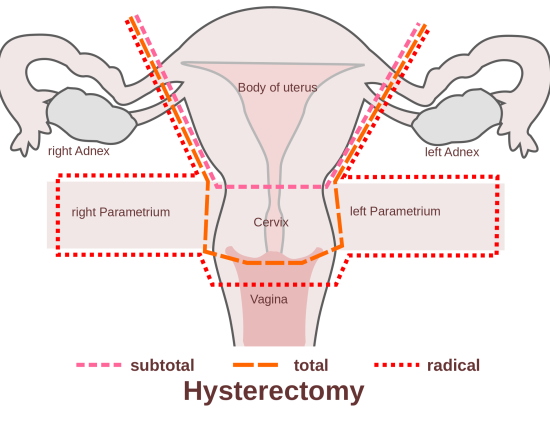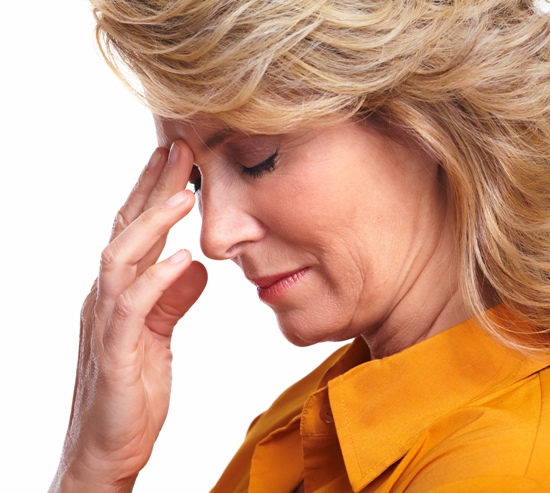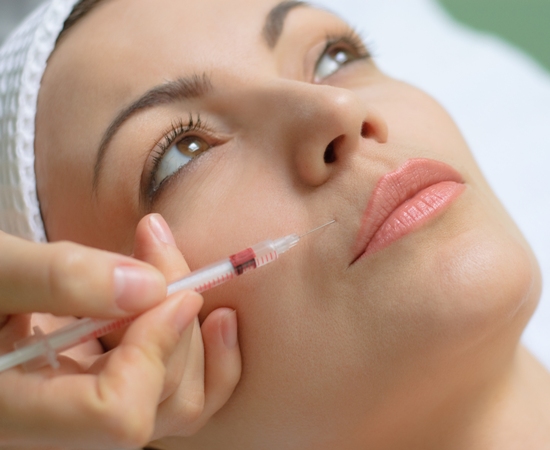During the female menopause, the production of oestrogen decreases and as a consequence the body naturally adjusts creating a natural mechanism of protection.
To encourage the use of hormone replacement treatment, HRT, often this phase of a women’s life is deemed a type of illness, but this is not the case.
The female sex organs are initially developed and then maintained by this hormone. Oestrogen also keeps other body tissue pliable and wet, for example the vaginal area.
HRT is designed to work against the body’s natural rhythms of which the menopause is a part. A good reason why it is reduced during the menopause could be related to oestrogen’s ability to encourage the growth of certain breast cancers.[Estrogen levels]
The oestrogens used during most hormone treatments is synthetic or comes from pregnant horses’ urine. It is provided in an effort to steady the lowering levels of this naturally occurring hormone in a women’s body at this time.
Another hormone that is part of the treatment ensures that periods continue to occur, this is called progesterone. It is recognised as a cancer preventing hormone which in this case protects the lining of the womb.
These aforementioned hormones have no known side effects; however Testosterone, another type does. This type of therapy is still at the experimental stage as it can cause bodily hair to grow at a faster rate and other problems.
Patches are the common way of supplying Testosterone which is produced naturally by the ovaries. Women who have had a hysterectomy, which removes the ovaries, often notice a distinct lack of sex drive after their operation.







I think women who have testosterone deficiency should look into HRT.
As long as they stick with the bioidentical hormones, they shouldn’t have anything to worry about.
Thanks